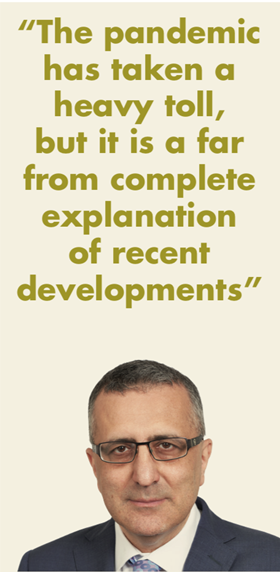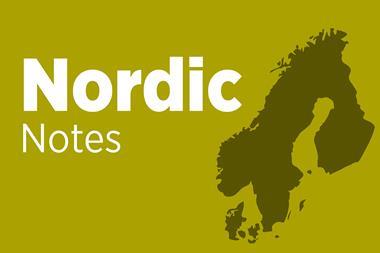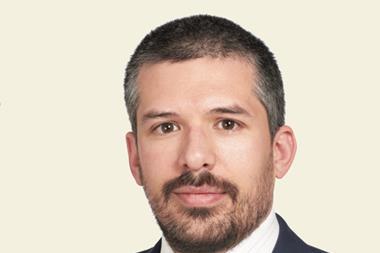For understandable reasons it has become commonplace to talk about the immense damage done by COVID-19. This probably makes sense as a kind of shorthand. However, careful reflection on the painful experience of recent months should show it is a one-sided way of understanding the pandemic’s devastating impact.
To start with the obvious, COVID-19 is an infectious disease spread by a virus. And a virus is an infectious agent that can only replicate within a host organism. In other words, despite the terrible harm they can do to the human body, viruses have no consciousness or ill will towards us. Their sole drive is to reproduce.
That is important to remember as the impact of the virus needs to be understood in its social context. Its effect on society is always mediated by human action. The measures taken to contain it can make an immense difference to its impact.
Good policies, for example, can mitigate its effects while bad ones can be disastrous. This is not the place to debate which is which, but it is important not to lose sight of the principle. Otherwise it can only engender a sense of powerlessness.
The other key point – again obvious in one sense, but easily forgotten – is that a lot probably would have happened this year even without the pandemic (see Strategically Speaking). Untangling its impact from that of pre-existing developments is difficult. No doubt some things have changed substantially, others are broadly the same and others have been modified. Relatively little is completely new.
It is impossible to be sure what a parallel world without COVID-19 would look like. The precise impact of the corona crisis cannot be identified for certain. At best it is possible to critically delineate the different forces at work.

The extension of quantitative easing (QE) is a good example. Ultra-loose monetary policy has been taking place on a large scale in North America and western Europe since the global financial crisis of 2007-09. Even before COVID-19 it was apparent that policymakers were struggling to wind it up.
Then COVID-19 arrived and QE was extended enormously. This represented the amplification of a pre-existing development rather than a new trend. It is an important shift but it has hardly come out of nowhere.
The extension of extraordinary monetary policy has also had, on an everyday level, a substantial impact on financial assets. It has not changed everything, but has not left things the same either.
Serious thinking needs to be done about these questions. The pandemic has taken a heavy toll, but it is a far from complete explanation of recent developments.
Daniel Ben-Ami, Deputy Editor
daniel.ben-ami@ipe.com


















No comments yet